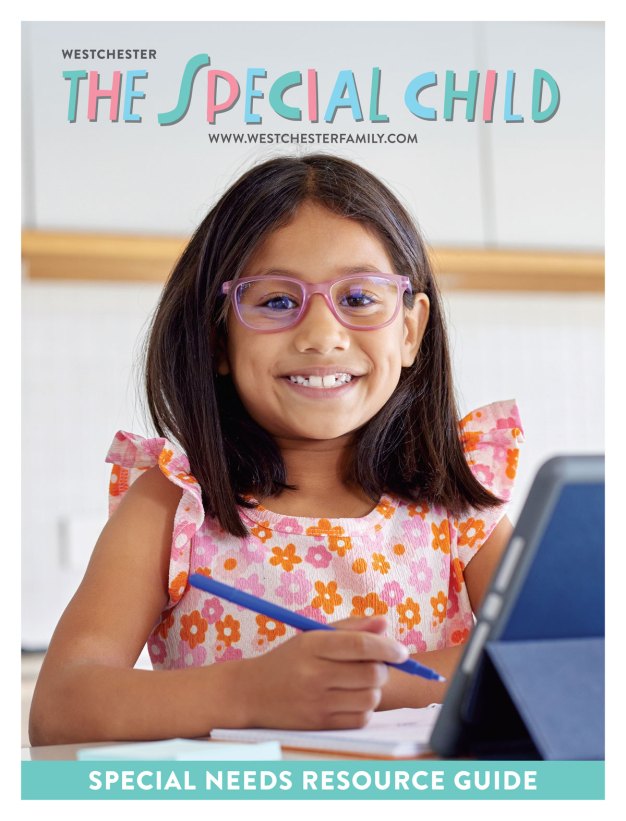What Parents Need to Know
The upcoming summer months offer plenty of time for children to enjoy outdoor recreational activities and athletic programs. While all this exercise is wonderful for growing minds and bodies, parents must be vigilant to make sure their children do not put themselves at risk for dehydration, heat exhaustion or heat stroke.
Heat Related Illness
Our bodies are designed to adapt to increases in outdoor temperature by relying on its natural cooling system – perspiration. This process allows moisture to evaporate off the skin as it pulls heat from the body. When excessive moisture has been lost, or the air is too humid for sweat to evaporate, the body’s natural safeguards are compromised. Infants and young children are more susceptible to heat related illnesses than adults due to less effective thermoregulatory responses.
The spectrum of heat illnesses includes heat exhaustion and heat stroke. Maintaining normal hydration levels reduces the risk of exertional heat illnesses. Dehydration is the body’s first response to inadequate fluid intake. The early symptoms of dehydration are non-specific, however. A child may start to experience exhaustion, mild fatigue, muscle cramps, nausea, stomach cramps, or headache – common ailments. This is why so many children can progress to heat exhaustion quite rapidly.
Heat exhaustion results when the body cannot cool itself effectively, and the child’s internal or core body temperature increases. Symptoms of heat exhaustion are altered mental status, vomiting, muscle spasms, diarrhea, and an inability to walk. At this point it is critical that you call 911 and have the child taken to an emergency room for prompt medical treatment. If left untreated, this condition can lead to heat stroke, which if not recognized and treated immediately can be fatal. Symptoms of heat stroke are high body temperature (greater than103 F), dry skin, confusion, amnesia, disorientation, visual disturbances, seizure, unconsciousness and coma.
What to Do
A child experiencing any level of heat illness should stop their activity immediately, rest in a cool, shaded place and drink cool liquids, preferably water. Excessive clothing may be removed.
The good news is that the majority of heat illnesses can be avoided with proper hydration. A child’s normal fluid requirements are six to eight glasses, or one and a half to two liters, of water a day. Some 20 to 25 percent of this fluid usually comes from food, but the rest must be consumed by drinking fluids.
Water is by far the best fluid for your child. Sports drinks may be used for children who need encouragement to drink or young atheletes who are performing for an extended period of time. Many colas, power drinks and soda contain caffeine, a diuretic, which increases fluid loss. Most importantly, parents must know that hydration should start before a child engages in any outdoor activity. This includes a day spent at the pool or playground as well as the soccer or ball field.
Properly hydrate your children by having them consume fluid before, during and after any outdoor activity. Consuming smaller allotments of fluids throughout the day is especially effective in avoiding dehydration and heat illnesses. The American Academy of Pediatrics recommends children drink an additional four to eight ounces of water every 15 to 20 minutes of activity. For adolescents participating in rigorous sports the recommendation is increased to eight to 12 ounces of water or sports drink every 15 to 20 minutes.
Although infants are not especially physical, parents should be warned that their underdeveloped thermoregulatory system makes them more susceptible to heat illness. Cars are especially dangerous environments for infants. Parents are sometimes hesitant to wake a sleeping baby in a car seat and run into the store for “just a minute.” A long check out line or other unexpected event can extend that minute quite easily. Consider that on an 80-degree day the temperature inside a car will rise to 95 to 100 degrees within 30 minutes or less, creating a potentially fatal environment.
Be a Role Model
How can you get your children to drink more fluids? Parents are the best role model for their children. Make sure hydrating is a part of your daily routine. Everyone in the family should have water handy throughout the day, especially in the summer months.
Explain to children that they should not wait to feel thirsty to start consuming fluids. Thirst is a warning sign as it indicates mild dehydration has begun. Your young athlete might be encouraged to hydrate if you explain that even mild dehydration affects his or her performance on the field. Once dehydrated, an athlete’s coordination and cognitive abilities are impaired. By simply consuming fluids every 15 to 20 minutes throughout an activity dehydration and serious heat illness can be avoided.
Darshan Patel, M.D., is Chief of Pediatric Emergency Medicine and head of the Pediatric Emergency Department at Maria Fareri Children’s Hospital at Westchester Medical Center. Maria Fareri Children’s Hospital at Westchester Medical Center is the advanced care facility for the Hudson Valley and an advocate for children’s health and wellness. www.WorldClassMedicine.com/MFCH.














